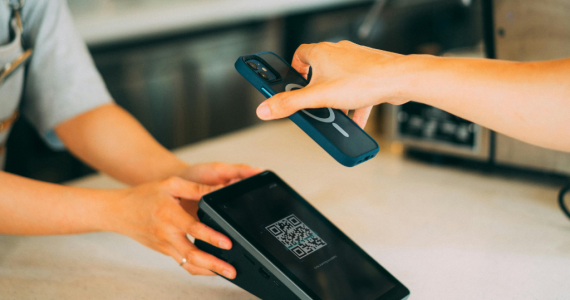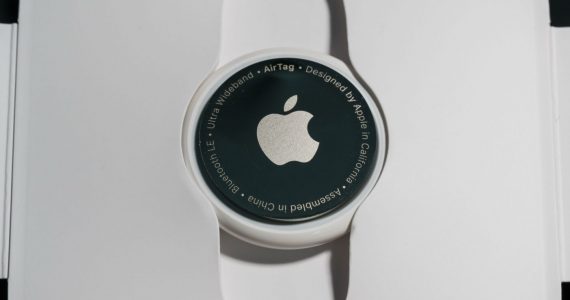Corporates, Universities and Research Institutions have joined the global fight against coronavirus with resourceful innovatorsunleashing a wave of ingenuity, to combat rapid Covid-19 spread. Innovations raise some questions though. Can 3D printing be mainstreamed, with access to open-source designs for medical parts? Will intellectual property infringements be waived, or will hacktivists face costly lawsuits? Could mobile phones track and map Covid infection spread to keep people away from virus hotspots? Could Governments enhance surveillance utilizing the pandemic excuse? Some inventions that battle coronavirus are presented below.
Anti-virus snood: The Virustatic Shield
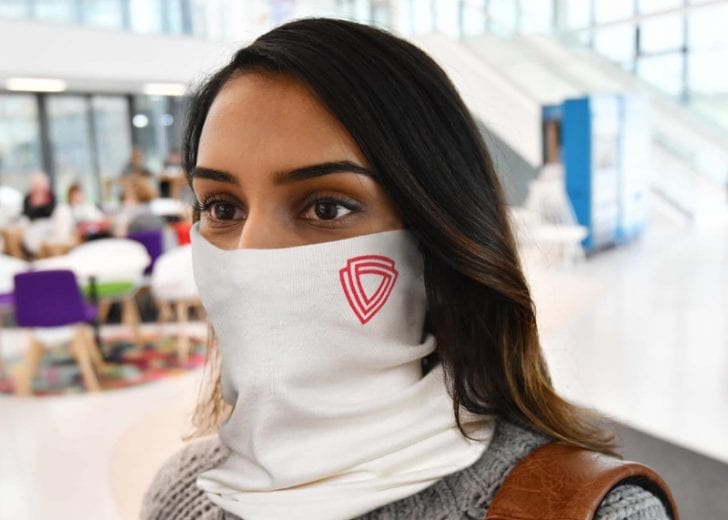
Manchester biochemists with biotech firm Virustatic developed a snood with “germ trap” technology (a 10-year project). Tests reveal that it traps 96% of airborne viruses of patients as the snood is more breathable and flexible than conventional masks. The snood mask reduces viruses within the hospital environment by moulding to the face, not just the nose and mouth. The company hopes to make a million snoods a week, reserving some for the NHS.
3D-printed ventilator valves help hospitals in Italy
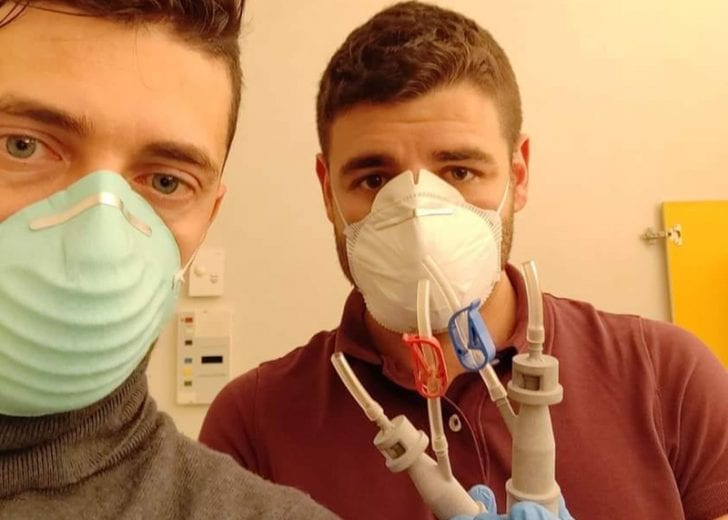
Isinova, a hospital in Chiari, in Brescia, Italy with 250 coronavirus patients in intensive care, ran out of crucial venturi valves connecting the ventilator to a patient’s face mask with replacements for every patient. Intersurgical the original supplier failed to provide new valves quickly, as the valve’s digital model was unavailable. The hospital reverse-engineered its structure and the first 100 prototypes were ready in six hours, produced strictly following clinical standards. The team developed a 3D-printed adapter turning snorkeling masks into a non-invasive ventilator for coronavirus patients, to address shortage of oxygen masks.
Coronavirus testing booths
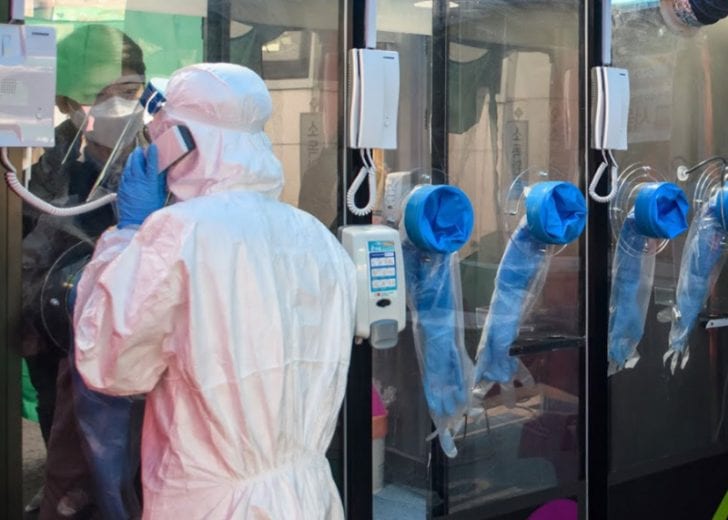
South Korea extensively tests over 20,000 citizens daily for Covid-19 symptoms, with more people tested per capita than elsewhere. After pioneering drive-through testing centers, a Seoul hospital introduced new testing booths to enable medical staff to examine patients from behind a safe plastic cubicle using negative air pressure to limit harmful particles escaping outside. The process takes around 7 minutes and thereafter each booth is aired out and disinfected. Earlier eight or nine samples were tested daily, but now 70 to 80 patients are tested daily.
Hands-free door opener armed by Materialise
Tired of pulling your shirt sleeve out over your hands to touch/push door and door handles? Materialise, a 3D printing company from Belgium has designed a door handle attachment that is totally hands-free. The apparatus consists of two parts screwed on both sides of a handle, allowing use of an arm or even the elbow to turn the door handle. Door handles are one of the most contagious surfaces in a building. All can access a 3D printer to ensure availability to the local community.
Fever-finding smart Police helmet
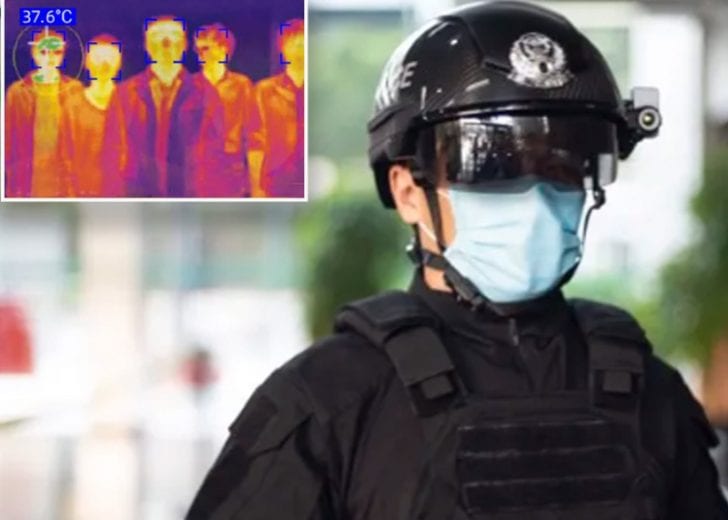
Chinese firm KC Wearable from Shenzhen developed a smart helmet with an infrared temperature detector identifying people with fever up to five metres away, by sounding an alarm. The headset features an augmented-reality or AR visor, an attached camera whoch reads QR codes, Wi-Fi, 5G and Bluetooth to beam individuals’ data to whichever the nearest hospital is. Fully equipped with facial recognition technology, this futuristic helmet displays the subject’s ID on the AR visor, and their medical history. Police officers take less than 2 minutes to scan and go through a queue of more than 100 people using thiese helmets. Reassuring during a pandemic, but a terrifying prospect for the future.

